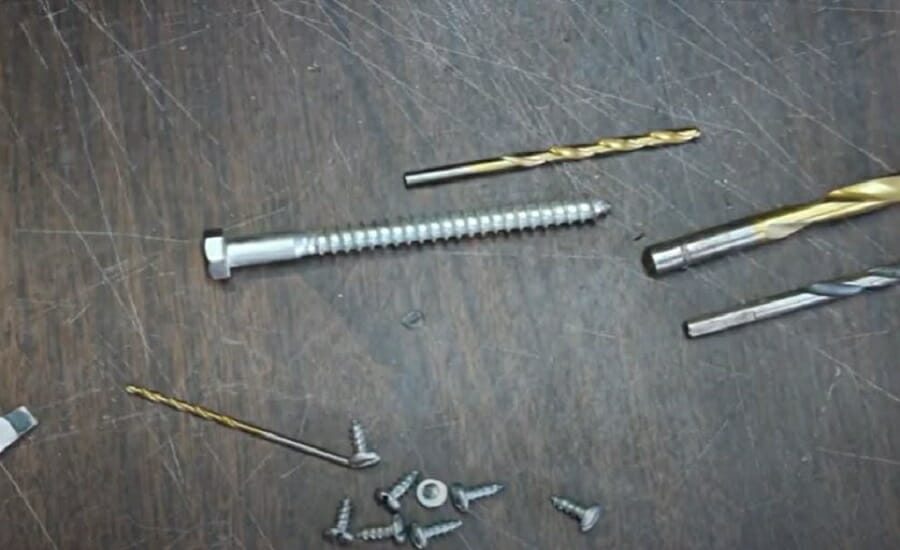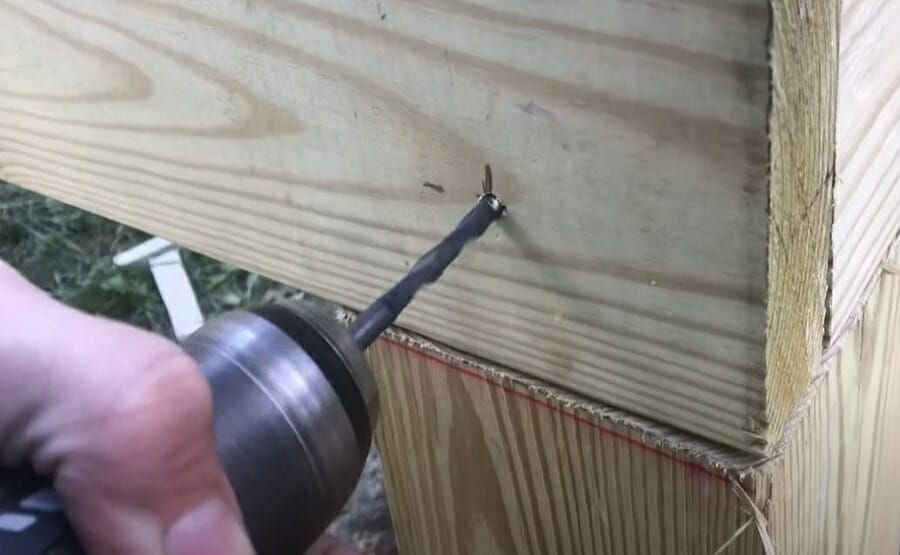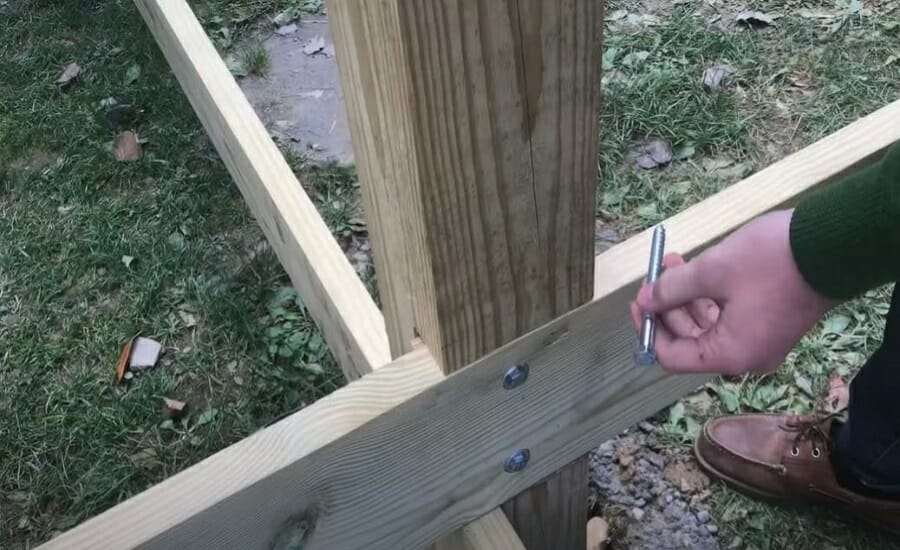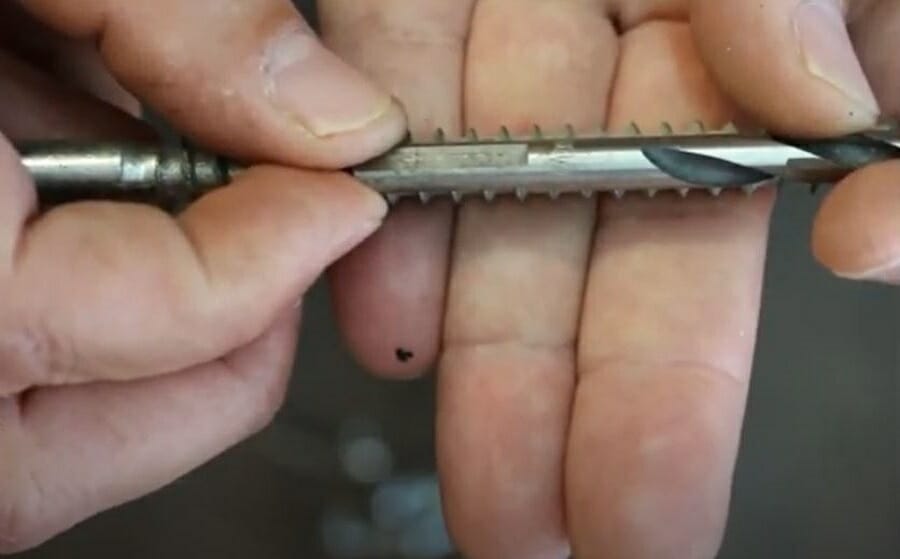What Size Drill Bit for 5/16 Lag Bolt?

Do you need help choosing the perfect drill bit size for the 5/16 lag bolt? Here’s a simple and short article.
Those with experience in home woodworking projects probably know they might have to deal with the 5/16 lag bolt sooner or later. Eventually, you’ll have to drill a suitable hole for this lag bolt. If you drill a too small hole, it might crack or break the wood. Or if you drill a large hole, the bolt won’t fit perfectly. So, what size drill bit for a 5 16 lag bolt do you need?
Generally, use the 7/32-inch drill bit for softwood for the 5/16-inch lag bolt. And for hardwood, use the 15/64-inch drill bit. These drill bit sizes cooperate with the 75% of total diameter rule of thumb.
Read the below article for a detailed explanation.
Drill Bit Size for 5/16 Lag Bolt

Whenever I forget the drill bit size for any lag bolt, I use the rule of thumb. If you aren’t familiar with this method, here are some need-to-know things.

Quick Tip: The 5/16 lag screw is commonly used for attaching door frames or fastening two pieces of lumber.
Rule of Thumb for Pilot Hole Sizes
The drill bit’s diameter should equal 75% of the total diameter of the lag bolt.
Here’s the calculation.
Drill bit size = (5/16) *75% = 0.234375 inches
As a fraction,
0.234375-inch value as a fraction= 15/64-inch
In millimeters,
0.234375-inch value in millimeters = 0.234375*25.4 = 5.953125 mm (approximately 6mm)
Hence, you’ll be better off using the 15/64-inch drill bit for hardwood. Don’t try to reduce the size of the drill bit. You’ll have difficulty screwing the lag bolt into the hardwood if you create a small hole.
However, when it comes to softwood, it is an entirely different story. You should use a smaller drill bit than the 15/64-inch one. The 7/32-inch drill bit is the best fit for creating a pilot hole for a 5/16 lag screw in softwood.
Hole Sizes for Different Drill Bits
Here is a chart useful while drilling a pilot hole for lag bolts.
| Lag Bolt Size (inches) | Drill bit Size for Softwood (inches) | Drill bit Size for Hardwood (inches) |
| 3/16 | 1/8 | 9/64 |
| 7/32 | 9/64 | 5/32 |
| ¼ | 5/32 | 11/64 |
| 17/64 | 11/64 | 3/16 |
| 19/64 | 13/64 | 7/32 |
| 5/16 | 7/32 | 15/64 |
| 3/8 | ¼ | 17/64 |
How to Choose the Perfect Drill Bit
Always use the above-recommended drill bit sizes for a 5/16 lag bolt when drilling pilot holes. However, there is a way to identify the best drill bit for any lag bolt.

The drill bit’s diameter should equal the diameter of the lag bolt’s core (without the threads). A simple visual inspection is the best way to check this. So, place the 5/16 lag bolt on your palm (right or left). Then, place a drill bit on top of the lag bolt. Compare the drill bit with the core of the bolt.
If they don’t match, take another drill bit and make the comparison. This is a simple yet effective method to find the perfect drill bit for your lag bolt.
Is Pre-Drilling Necessary for Lag Bolts?

You should pre-drill the wood if you plan to install a lag bolt. Pre-drilling creates pilot holes, and you can safely screw the lag bolt into the wood. It will protect your lag bolt and the wood frame simultaneously.
References
Video References:
Daniel Ramirez
Live Free
Training Hands Academy
